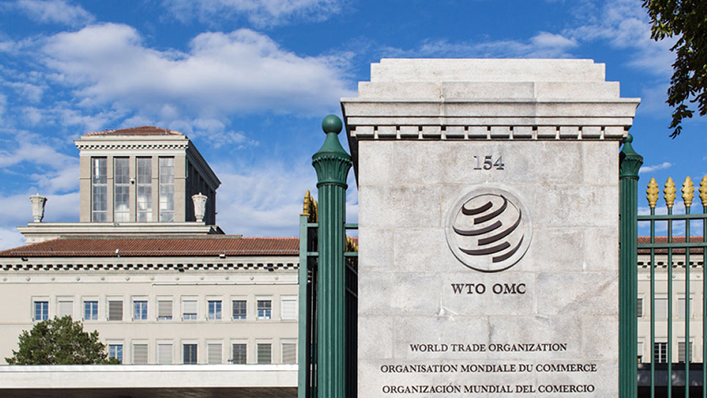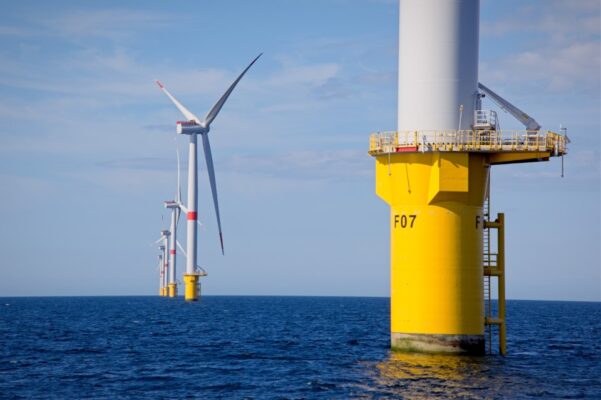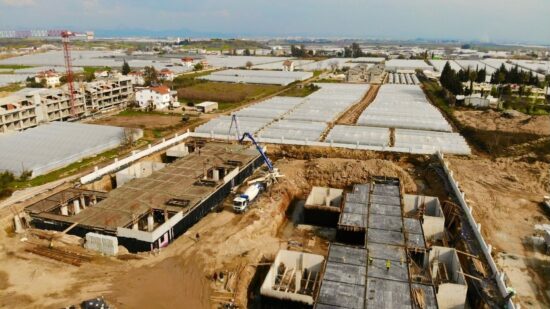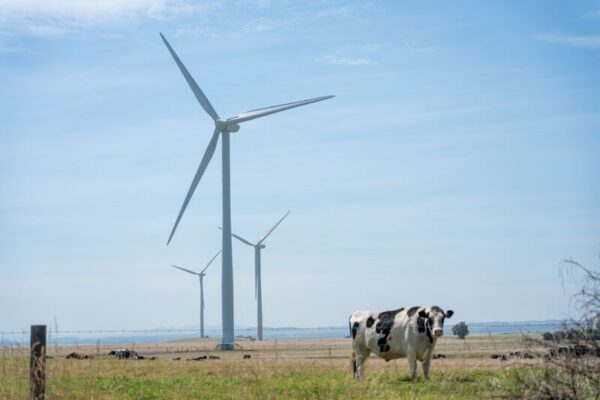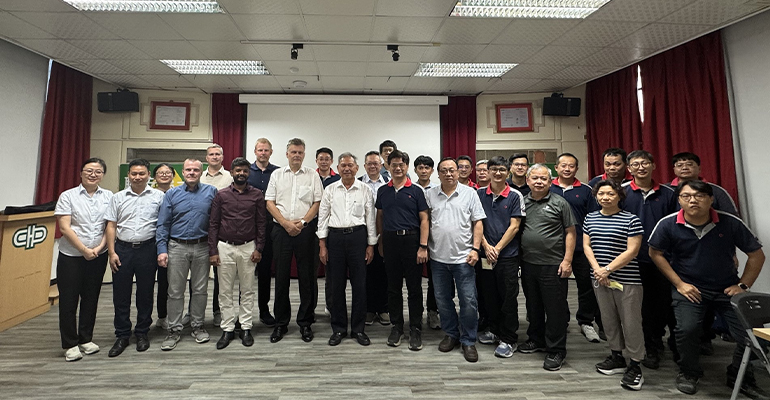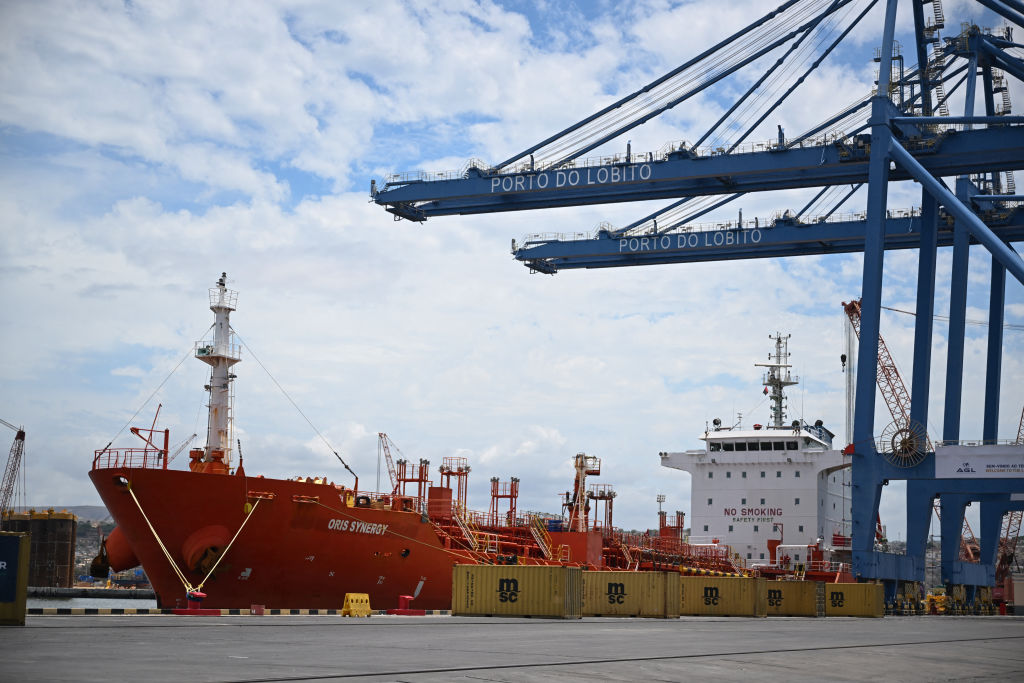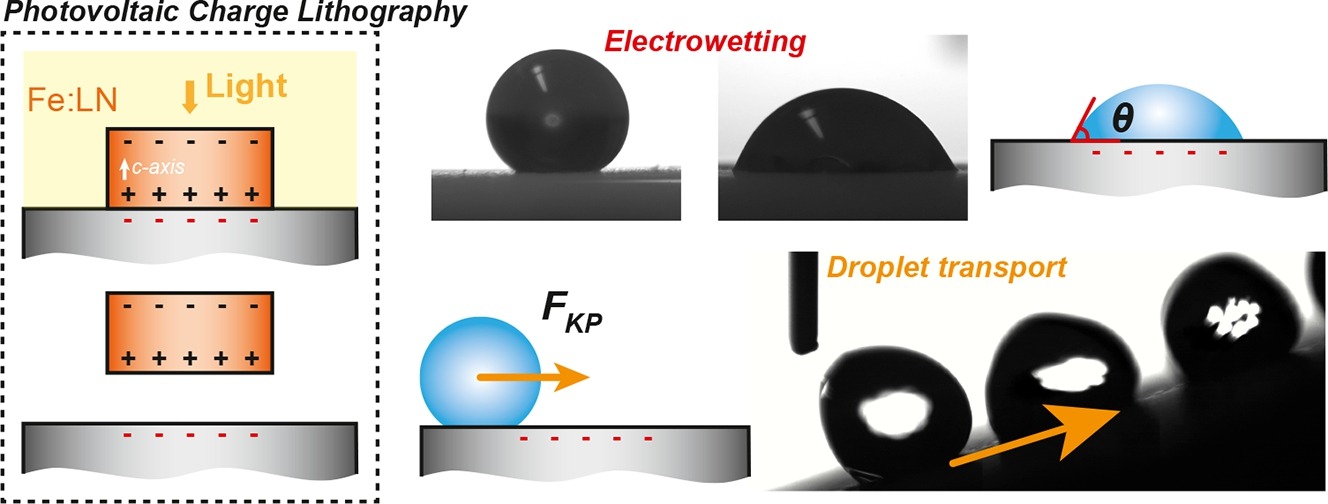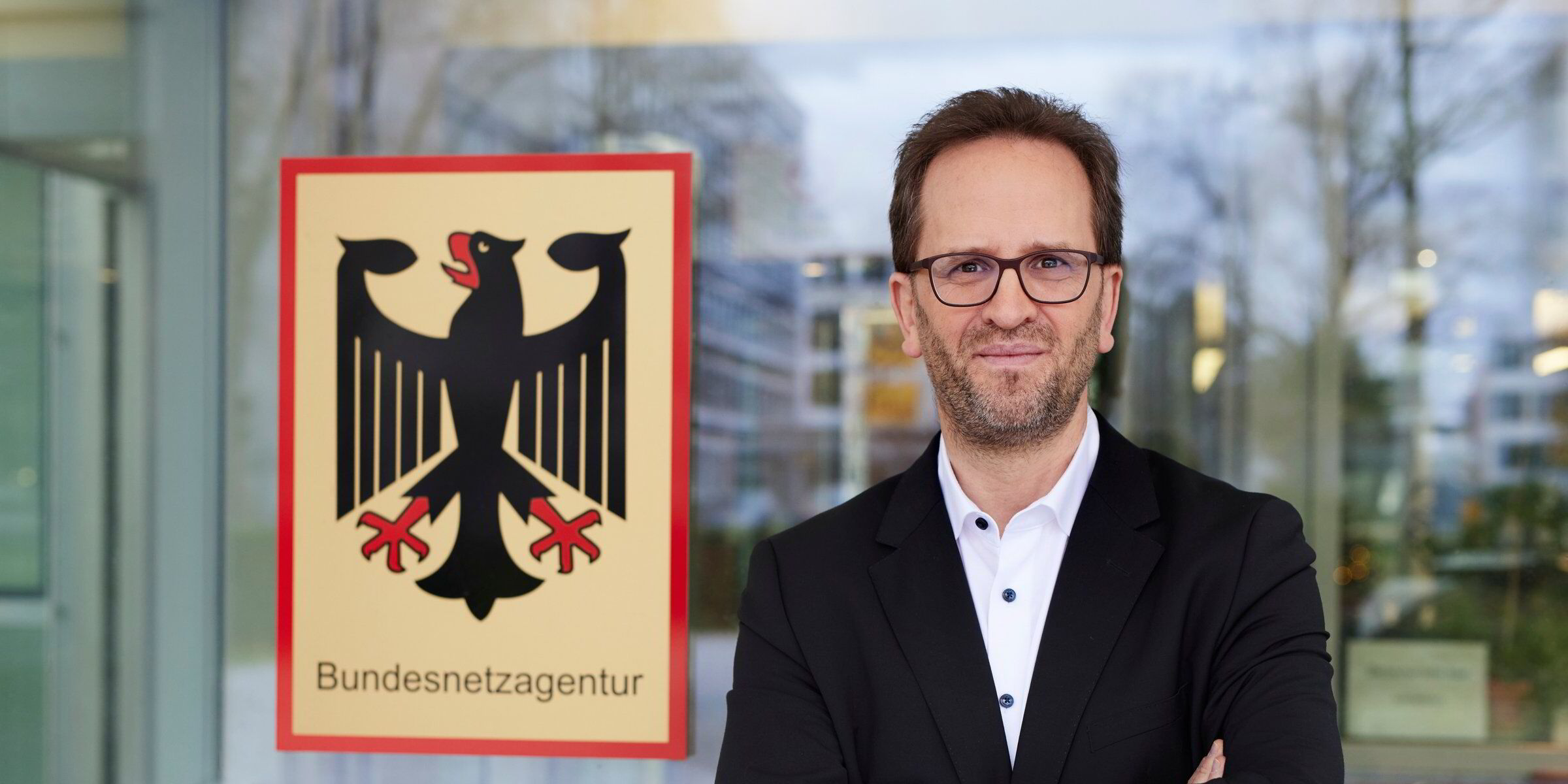Danish startup offers CIGS-based VIPV solutions for commercial transport
Denmark's Green Energy Group provides vehicle-integrated PV solutions for road transport customers in Europe and North America. Its PV systems feature copper-indium-gallium-selenide thin film technology in solutions that are designed to extend onboard battery life, cut Co2 emissions, and decrease diesel fuel consumption.

Denmark's Green Energy Group provides vehicle-integrated PV solutions for road transport customers in Europe and North America. Its PV systems feature copper-indium-gallium-selenide thin film technology in solutions that are designed to extend onboard battery life, cut Co2 emissions, and decrease diesel fuel consumption.
Denmark-based Green Energy Group has developed thin, lightweight vehicle-integrated PV (VIPV) solutions for trucks, trailers and long-distance buses.
Described as suitable for diesel-powered commercial transport vehicles to reduce emissions, extend electrical system-battery life, and improve fuel efficiency, the solar panels are based on glass-free copper-indium-gallium-selenide (CIGS) thin film PV in a proprietary lightweight panel design.
According to Martin Thaysen, CEO, Green Energy Group, the technology cuts vehicle fuel use by 5%. Thaysen told pv magazine that in an “industry with razor‑thin” margins, that translates into savings that make a big difference. Reduced fuel consumption can also mean a payback on investment within 10 to 18 months.
The clearest business case is for use on long‑haul trucks, buses and refrigerated trailers, according to Thaysen.
Indeed, the company recently published the results of an A/B field test it completed with one of its customers – Sweden-based Samat International, part of the French Samat Group.
The latter became a customer after finding that solar-equipped trucks had a payback period of 11 months based on fuel savings alone. The energy production per vehicle per year was 92.3 kWh. In the meantime, more than 40 trucks have been equipped. Monitoring revealed other benefits, such as a 21% reduction in idling time and a doubling of battery life.
Other customers include Denmark-based Arla and DFDS, Sweden-based Postnord, Czechia-based MD Logistika, and Germany-based FlixBus.“Decarbonization matters, but for many transport operators the immediate focus is on improving fuel efficiency. With electrification still costly and challenging to implement fleet-wide, solar provides a practical, cost-effective way to reduce fuel use and lower operating costs today,” said Thaysen.
Other adopters of the technology include Denmark-based Arla and DFDS, Sweden-based Postnord, Czechia-based MD Logistika, and Germany-based FlixBus.
“Northern Europe is leading adoption in vehicle‑integrated solar, because the value of cutting diesel use and CO₂ is even stronger there. We’re now seeing Central and Southern Europe catching up fast as operators look for every competitive edge, while in the US, interest is more financially driven than climate‑driven,” said Thaysen.
The Danish company offers a range of CIGS products for vehicles and buildings. One of its VIPV solutions on offer is based on a 165 W set of three 55 W CIGS panels. It is a 12 V set with a 40 A charge controller, adhesive and cabling, along with an IP67 fuse, safety connectors and battery. It measures 350 mm x 1,150 mm and has a thickness of 3mm with a 20 mm junction box. Its weight is less than 2.4 kg/m2 when fixed to vehicle surfaces with adhesive.
The panels have an operating temperature range of -40 to 85 C and a maximum mechanical load of 2400 PA, 245 kg/m2. They come with a guarantee of 90% of the original production capacity after 10 years, and 80% after 25 years.
Green Energy sees several benefits of using CIGS over conventional silicon PV. “On the road, trucks face constant vibration, shocks, extreme weather, and irregular light. Solar for transport needs to be lightweight, resilient, glass-free, fire-safe, and able to perform even in partial shade,” explained Thaysen.
Looking at the product roadmap, Thaysen described forthcoming third‑generation systems able to “deliver more power in the same footprint” and providing “richer data” to operators. “The solar technology itself is still early in its development cycle, and we expect efficiency improvements of 30–50% over the next three to four years,” he said.
Green Energy Group was founded in 2015 in Denmark. It employs 42 people.
What's Your Reaction?










